What is Xiaomi?
Xiaomi is a global brand known for innovation, quality, and affordability. This brand also has made a remarkable impact in the world of technology since its establishment. If you’re new to the brand, I highly recommend taking a moment to explore its story and how it continues to redefine smart living.
My First Device With Xiaomi
I first discovered Xiaomi back in 2017, when I was searching for a new phone after comparing several Lenovo models. That’s when I came across the Redmi 4A, a compact and powerful smartphone that immediately caught my attention with its impressive specs and sleek design.
I decided to give it a try — and that decision marked the beginning of my Xiaomi journey. I used the Redmi 4A for three solid years, and it truly proved the brand’s reliability and value. Since then, I’ve continued to upgrade to newer Xiaomi models, staying loyal to the same brand that first won my trust.
My Xiaomi Smartphone Evolution
A timeline comparison of key specifications across four generations.

Xiaomi Redmi 4a
2017 – 2020
Chipset
Snapdragon 425 (28nm)
Entry Level
Screen
5.0" IPS LCD
Battery
3120 mAh / 10W
Storage
16GB eMMC 5.1
Unlock
-
Rear Camera (Primary)
13MP Camera
LED flash, HDR, panorama
Front Camera
5MP
Video
1080p @ 30fps
Other Features
Micro-USB
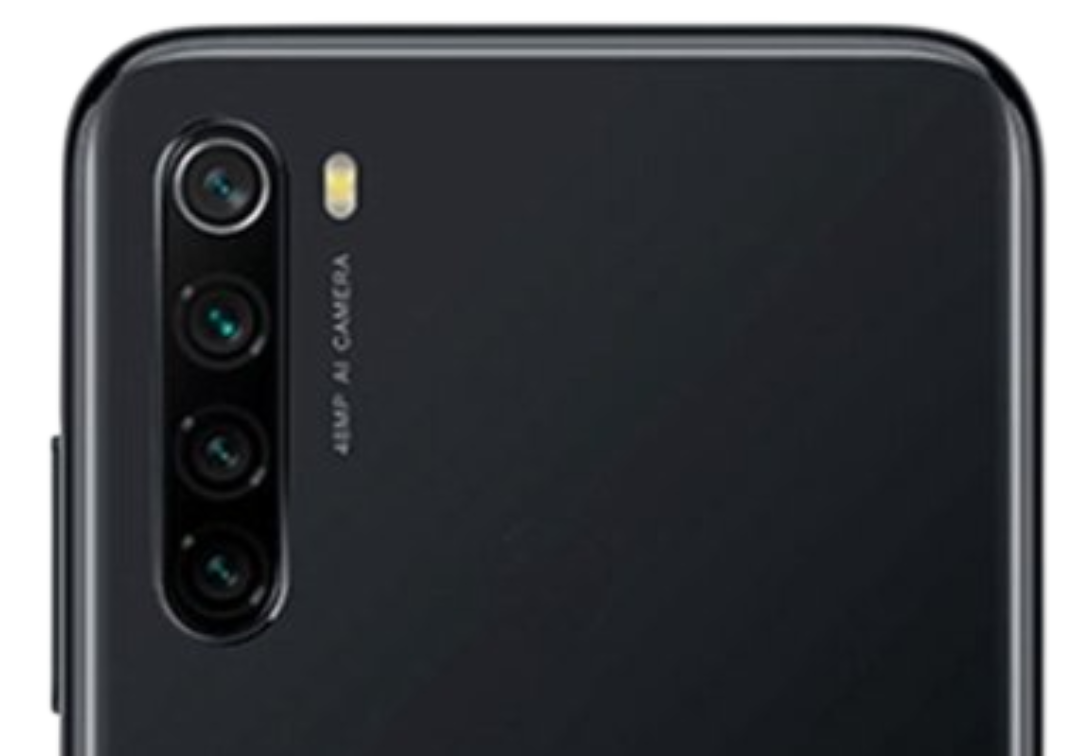
Redmi Note 8
2020 – 2023
Chipset
Snapdragon 662 (11nm)
Low-Midrange Level
Screen
6.3" IPS LCD
Battery
4000 mAh / 18W MAX
Storage
32GB eMMC 5.1
Unlock
Rear Fingerprint
Rear Camera (Quad)
48MP Primary, 2MP macro, 8MP ultrawide, 2MP depth
HDR, panorama
Front Camera
13MP
Video
4K@30fps, 1080p @ 30/60/120fps
gyro-EIS
Other Features
USB Type-C 2.0, NFC, IR Blaster
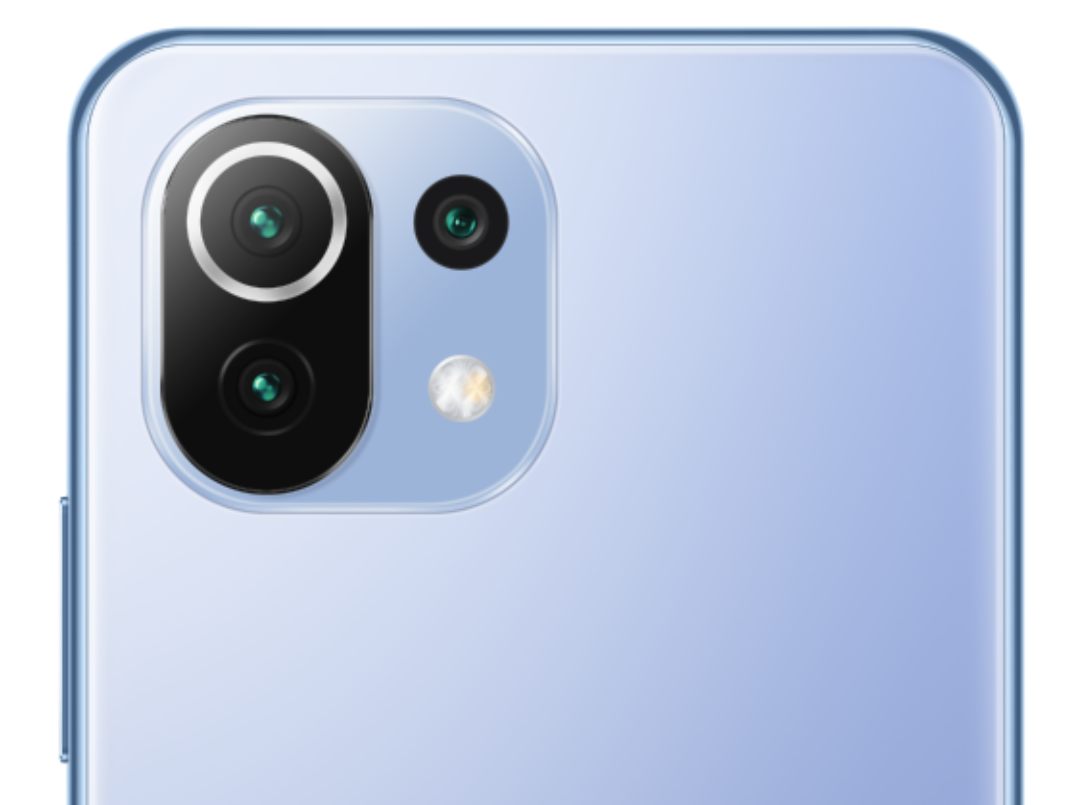
Xiaomi 11 Lite NE
2022 – 2025
Chipset
Snapdragon 778G (6nm)
High-Midrange Level
Screen
6.55" AMOLED
Battery
4250 mAh / 33W MAX
Storage
128GB UFS 2.2
Unlock
Side Fingerprint
Rear Camera (Triple)
64MP Primary, 5MP telephoto micro, 8MP ultrawide
Dual-LED dual-tone flash, HDR, panorama
Front Camera
20MP
Video
4K@30fps, 1080p@30/60/120fps
720p@960fps, gyro-EIS
Other Features
USB Type-C 2.0, NFC, IP53 dust & Water Resistant, IR Blaster
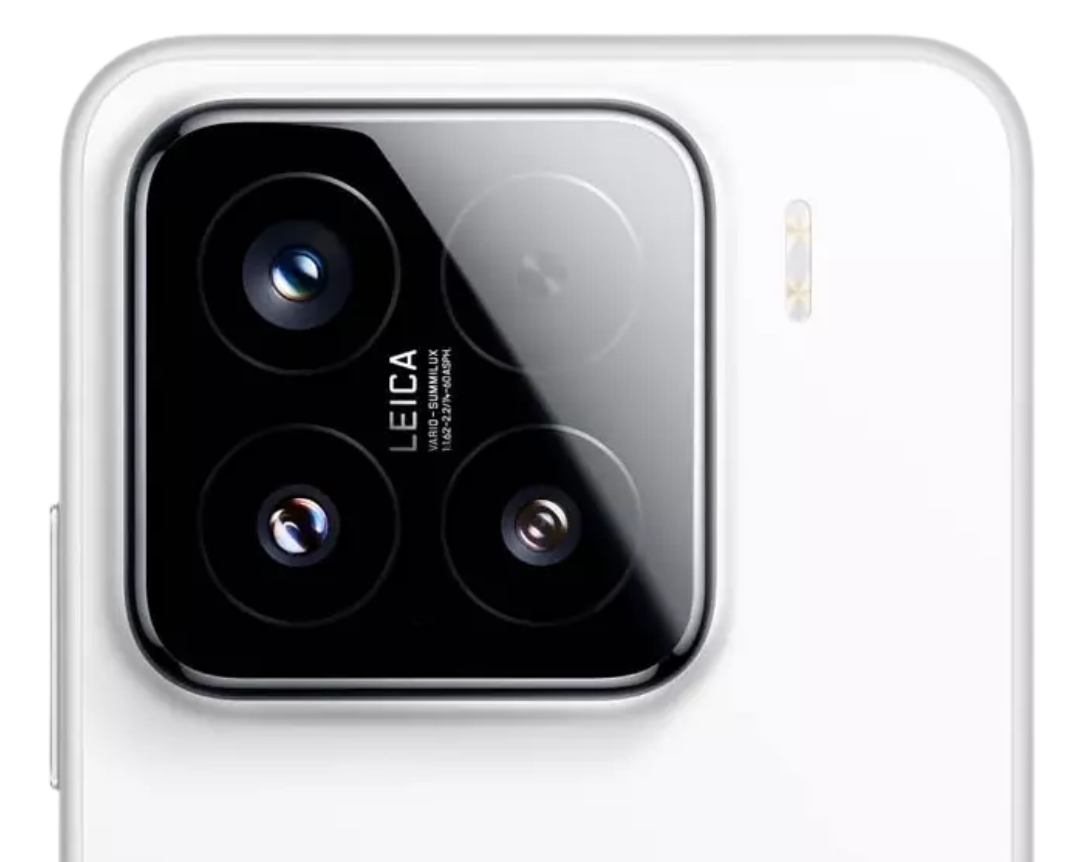
Xiaomi 15
2025
Chipset
Snapdragon 8 Elite (6nm)
Flagship Level
Screen
6.36" LTPO AMOLED
Battery
5240 mAh / 90W + 50W Wireless
Storage
512GB UFS 4.0
Unlock
Ultrasonic Fingerprint
Rear Camera (Triple)
50MP wide, 50MP telephoto, 50MP ultrawide
Laser AF, color spectrum sensor, Leica lens, Dual-LED dual-tone flash, HDR, panorama
Front Camera
32MP
Video
8K@24/30fps (HDR), 4K@24/30/60fps (HDR10+, 10-bit Dolby Vision HDR, 10-bit LOG), 1080p @ 30/60/120/240/960fps, 720p@1920fps
gyro-OIS
Other Features
USB Type-C 3.2 Display Port, NFC, IP68 dust & Water Resistant, IR Blaster
Data derived from the comparison timeline and specifications sheet.
Xiaomi Wearable Evolution
From basic fitness tracker to advanced smartwatch (2019 - 2024).
← Swipe left/right on mobile to see all devices →
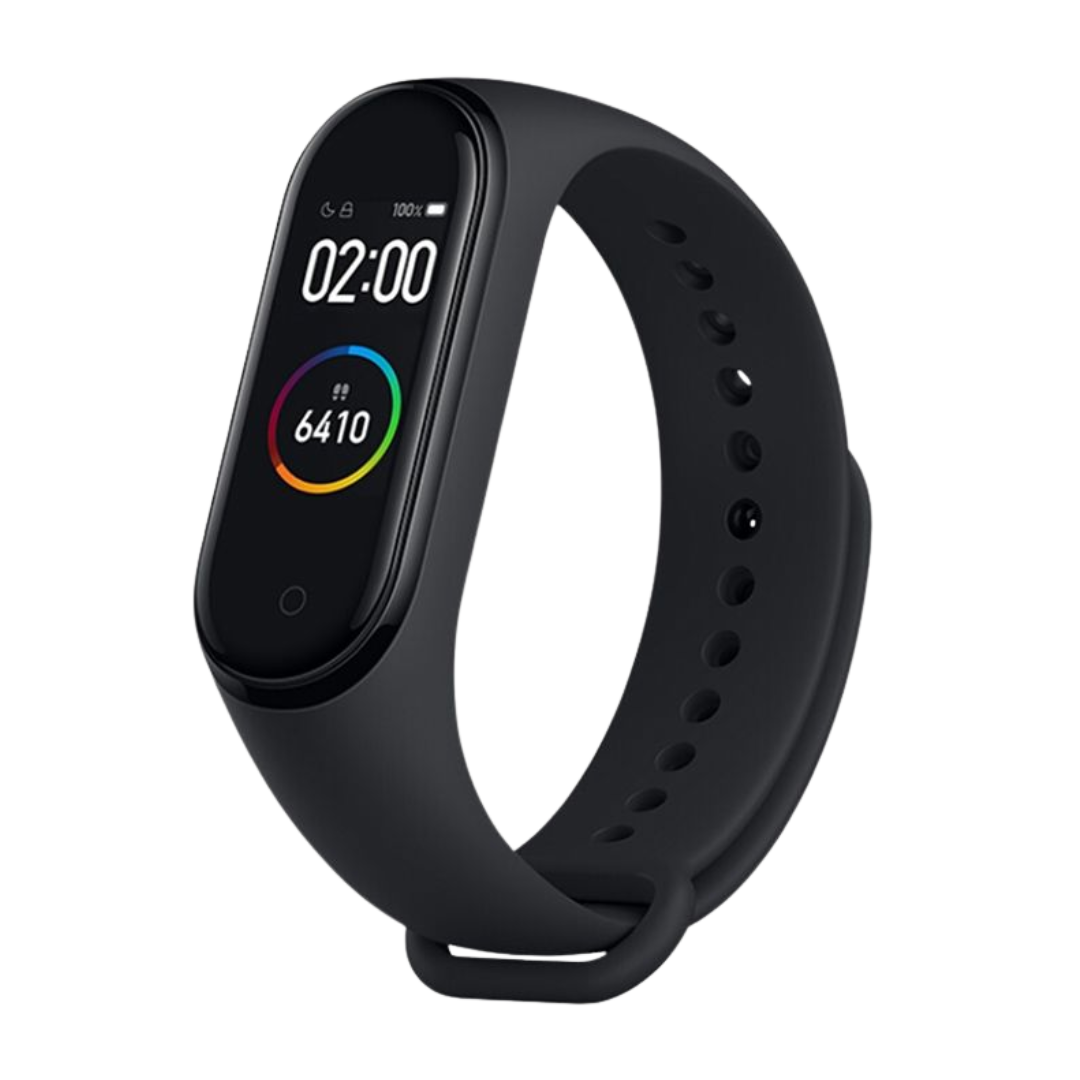
Mi Band 4
Released: June 2019 (Basic Tracker)
Screen
0.95" AMOLED
120x240 px, Up to 400 nits
Storage & OS
16MB ROM, 512KB RAM
Proprietary Band OS
Battery & Charging
135 mAh, 20 Days Typical
2-Pin Pogo Pin Charging
Sensors & Health
PPG Heart Rate
Sleep monitoring, Basic fitness tracking (6 modes)
Connectivity
Bluetooth 5.0 BLE
No GPS
Durability
5 ATM Water Resistance
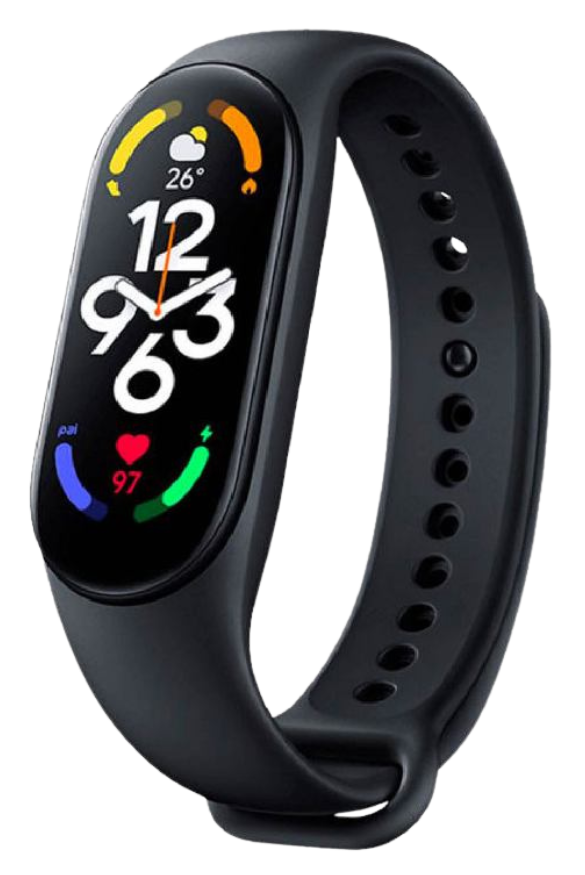
Smart Band 7
Released: May 2022 (Advanced Tracker)
Screen
1.62" AMOLED
192x490 px, Up to 500 nits, Always-On Display
Storage & OS
Unspecified RAM/ROM
Zepp OS (Improved proprietary OS)
Battery & Charging
180 mAh, 14 Days Typical
Magnetic Charging (No need to remove band)
Sensors & Health
PPG HR Sensor, SpO2 Sensor
110+ sports modes, Training load
Connectivity
Bluetooth 5.2 BLE
No GPS
Durability
5 ATM Water Resistance
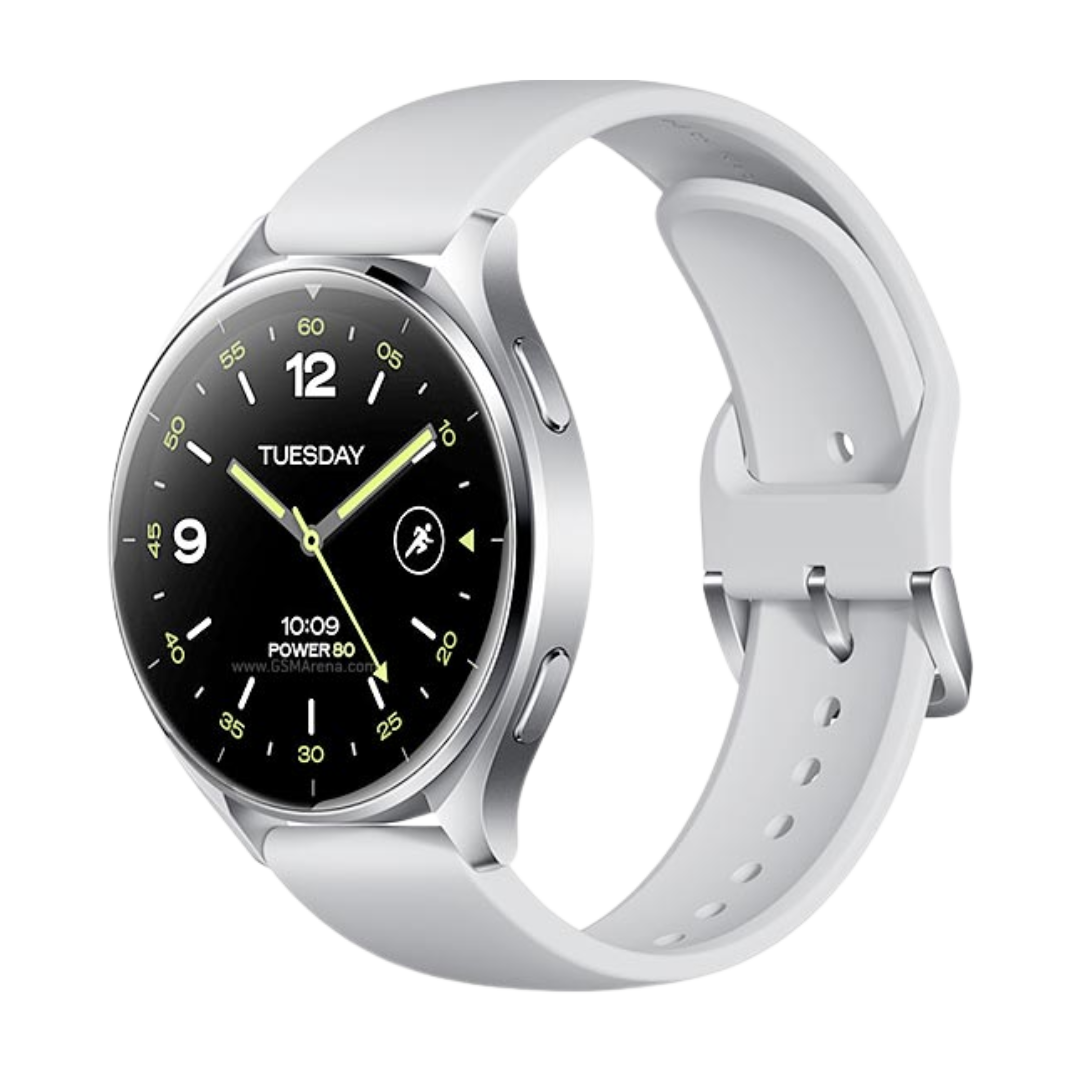
Xiaomi Watch 2
Released: Feb 2024 (Flagship Watch)
Screen
1.43" AMOLED (Circular)
466x466 px, Up to 600 nits
Storage & OS
32GB Storage, 2GB RAM
Operating with Wear OS
Battery & Charging
495 mAh, 65 Hours Typical
Magnetic Charging (Fast charge: ~45 mins)
Sensors & Health
HR/SpO2, Barometer, Compass
Advanced 12-channel health monitoring,
Connectivity
Bluetooth 5.2, Wi-Fi, NFC
Dual-band L1+L5 GNSS (Built-in GPS), Google Wallet/Pay Support
Durability
5 ATM Water Resistance, Aluminum Body
The Xiaomi Watch 2 utilizes the Qualcomm Snapdragon W5+ Gen 1 Platform (4nm) chipset.
Xiaomi Other Products
A look at a streaming device and two popular power bank configurations.
← Swipe left/right on mobile to see all products →
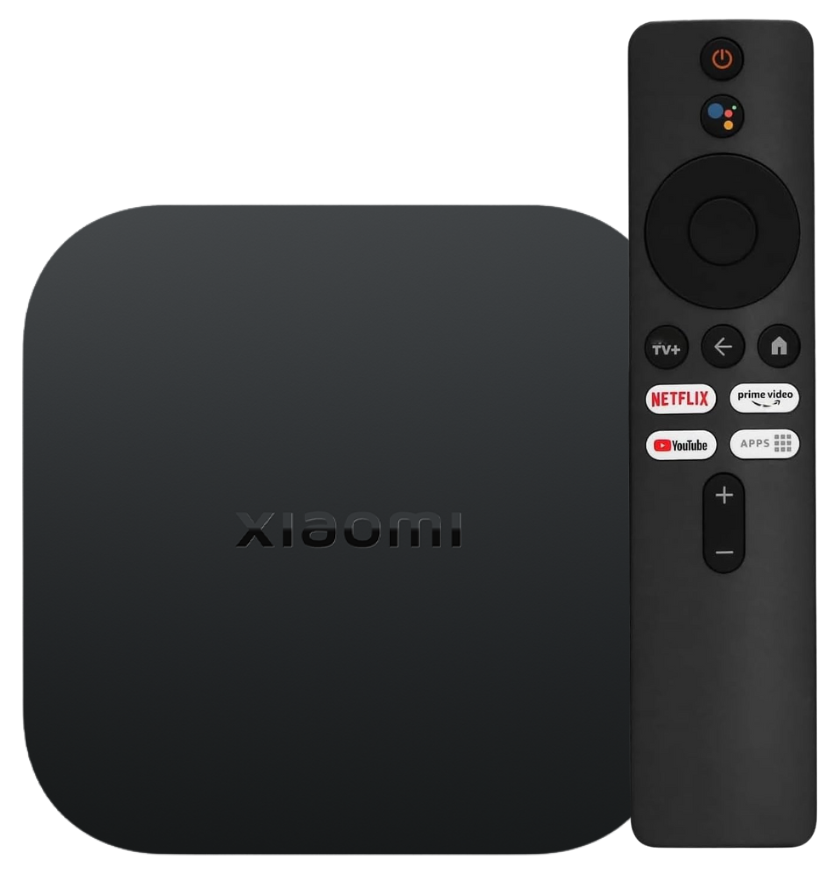
Xiaomi TV Box S
Streaming Device
Core Function
Smart TV streaming and media playback
Max Resolution
4K Ultra HD
Supports Dolby Vision and HDR10+
Operating System
Google TV
Access to Google Play Store apps
Storage & Audio
8GB Storage, 2GB RAM
Dolby Atmos, DTS-HD support
Connectivity
HDMI 2.1, Wi-Fi 5 (2.4/5GHz)

Power Bank 10000mAh
Speed Priority
Total Capacity
~10,000 mAh
Max Output Power
30W
High speed charging for modern phones and small laptops.
Max Input Power
Up to 24W
Fast two-way charging (recharges itself quickly).
Ports
USB-C (In/Out), USB-A (Out)
Ideal Use
Daily use, lightweight, prioritizing speed over quantity of recharges.

Power Bank 20000mAh
Capacity Priority
Total Capacity
~20,000 mAh
Double the capacity for more recharges.
Max Output Power
18W
Standard quick charge speed (still fast, but slower than 30W).
Max Input Power
18W
Recharges itself slower due to larger cell size.
Ports
USB-C (In/Out), 2x USB-A (Out)
Ideal Use
Multi-day travel, charging multiple devices, power redundancy.
*The "Xiaomi Box 2" details are based on the latest iteration of their global streaming box, the **Xiaomi TV Box S (2nd Gen)**.
**Power bank capacities are typical values and may vary slightly by specific model/generation.

